.png)
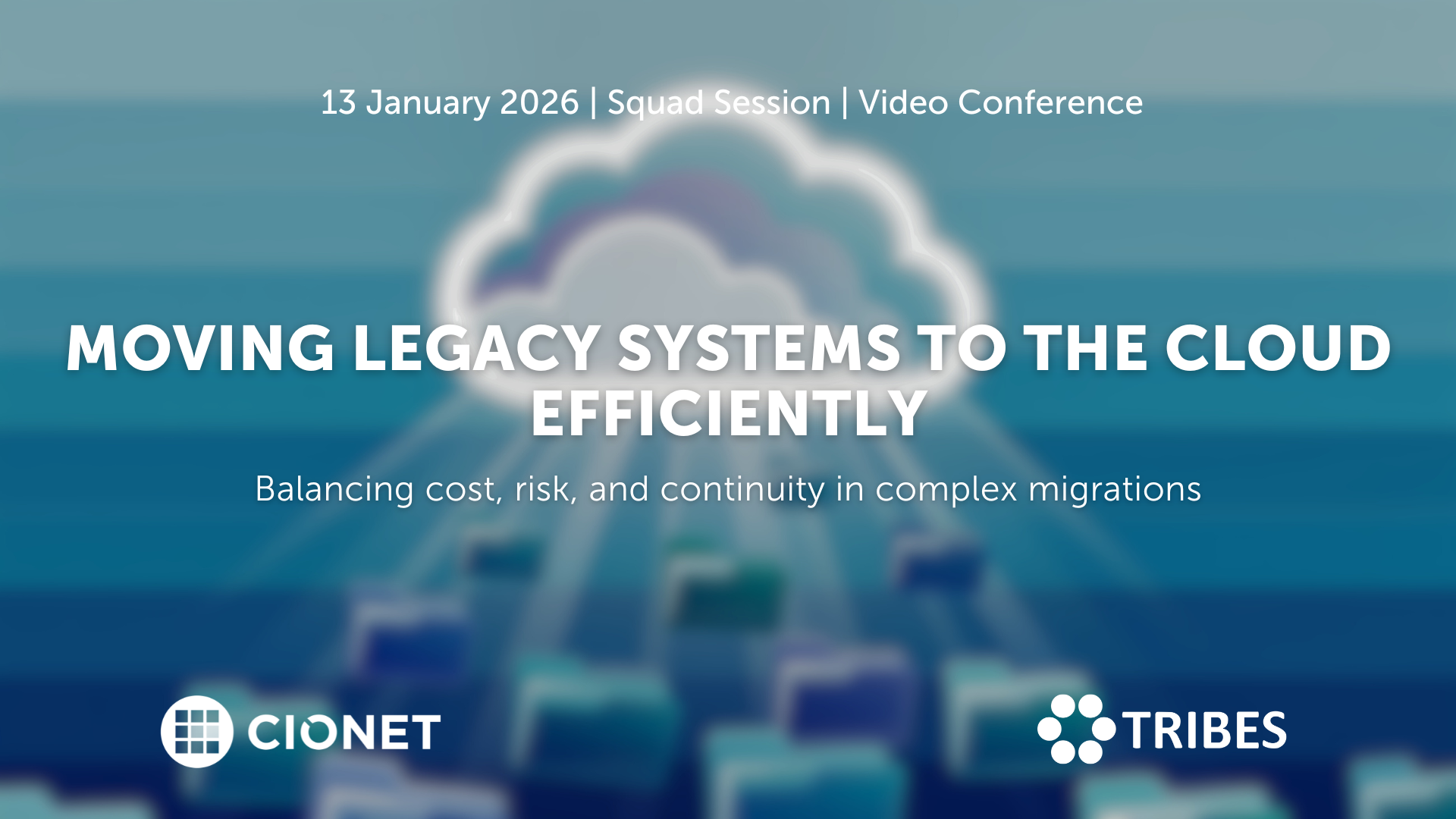
Belgium 13-1-26 Squad Only Virtual english
Migrating legacy systems to the cloud remains one of the toughest balancing acts in IT. Every choice affects stability, cost, and trust at once, and what starts as a modernisation effort quickly turns into a negotiation between ambition and reality. Suddenly budgets rise, dependencies appear late, and timelines tighten as old architectures collide with new expectations. In the end, success depends on sequencing, ownership, and aligning business priorities with infrastructure limits, and not only on technical readiness. Making it work requires more than a plan on paper. Knowing which systems genuinely belong in the cloud, which can wait, and which should stay put shapes the entire roadmap and defines its success. Each refactoring decision sets the level of future flexibility, but it also drives cost and risk. The trade-offs between speed, sustainability, and resilience only become clear once migration begins and pressure builds. Let’s discuss how to plan migrations that stay on track, manage hidden dependencies, and handle downtime with confidence. Let’s also discuss how governance, testing, and vendor coordination keep progress visible and credible. Are you in? A closed conversation for those who turn cloud migration from a disruption into a long-term advantage.
Read More.png)
Belgium 20-1-26 All Members Physical english
CIOs today are being judged less as technology leaders and more as portfolio managers. Every euro is under scrutiny. Boards and CFOs demand lower run costs, higher efficiency, and clear ROI from every digital initiative. Yet, they also expect CIOs to place bets on disruptive technologies that will keep the enterprise competitive in five years. This constant tension is redefining the role. In this session, we go beyond FinOps and cost reporting to tackle the strategic financial dilemmas CIOs face.
Read More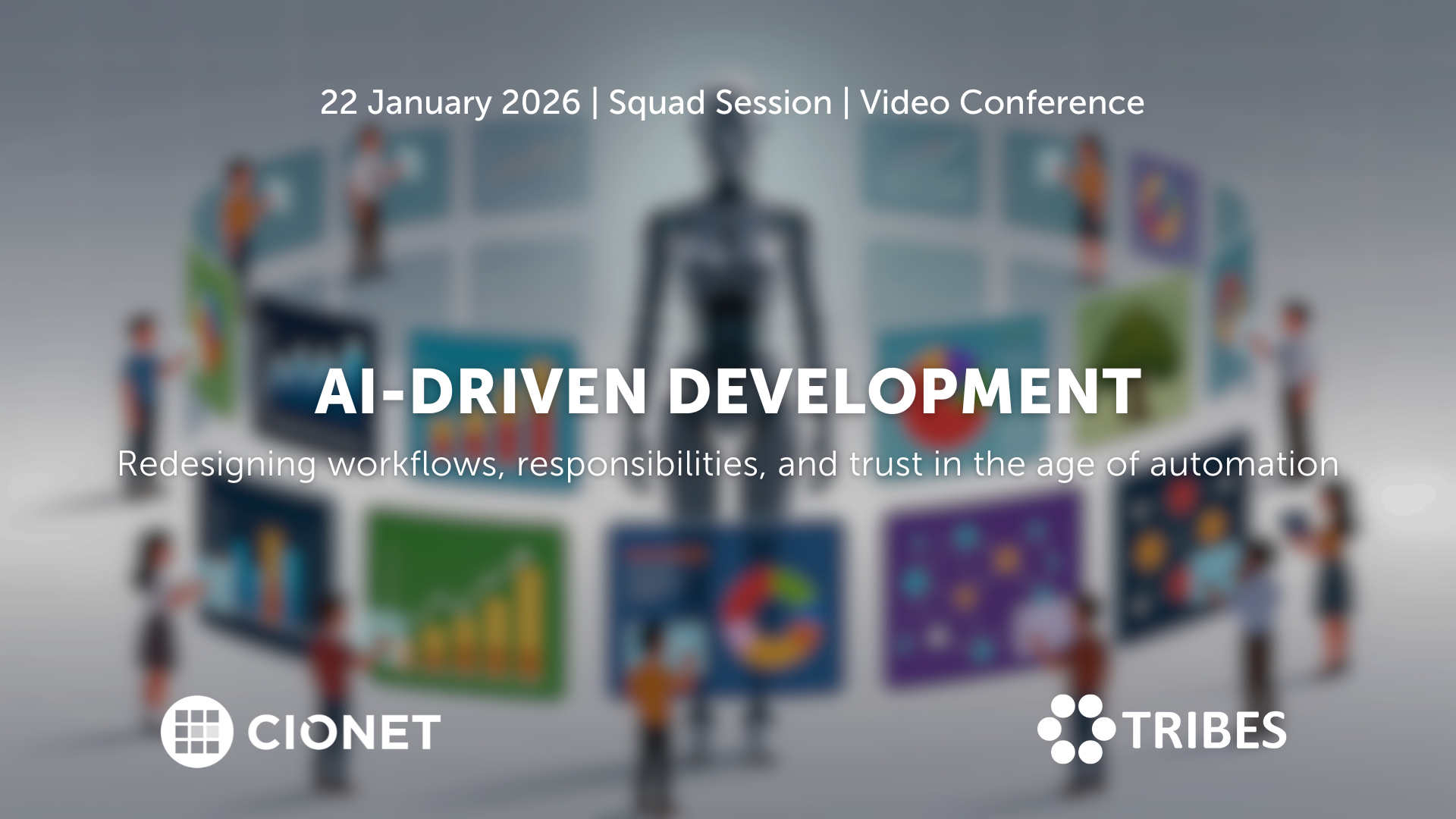
Belgium 22-1-26 Invitation Only Virtual english
AI coding assistants entered development teams quietly, but their impact grows by the day. What started as autocomplete now shapes architecture decisions, documentation, and testing. And when productivity gains are visible, so are new risks: security blind spots, uneven quality, and the slow erosion of shared standards. Teams move faster, but not always in the same direction. The challenge has become integration rather than adoption. And new questions have risen: how do you blend automation into established practices without losing oversight? When is human review still essential, and what should the rules of collaboration between developer and machine look like? As AI tools learn from proprietary code, where do responsibility and accountability sit? Let’s talk about how to redefine those workflows, balancing creativity with control, and protecting code quality in a hybrid human-AI environment. A closed conversation on where AI accelerates progress, where it introduces new debt, and how development culture must evolve to stay credible.
Read More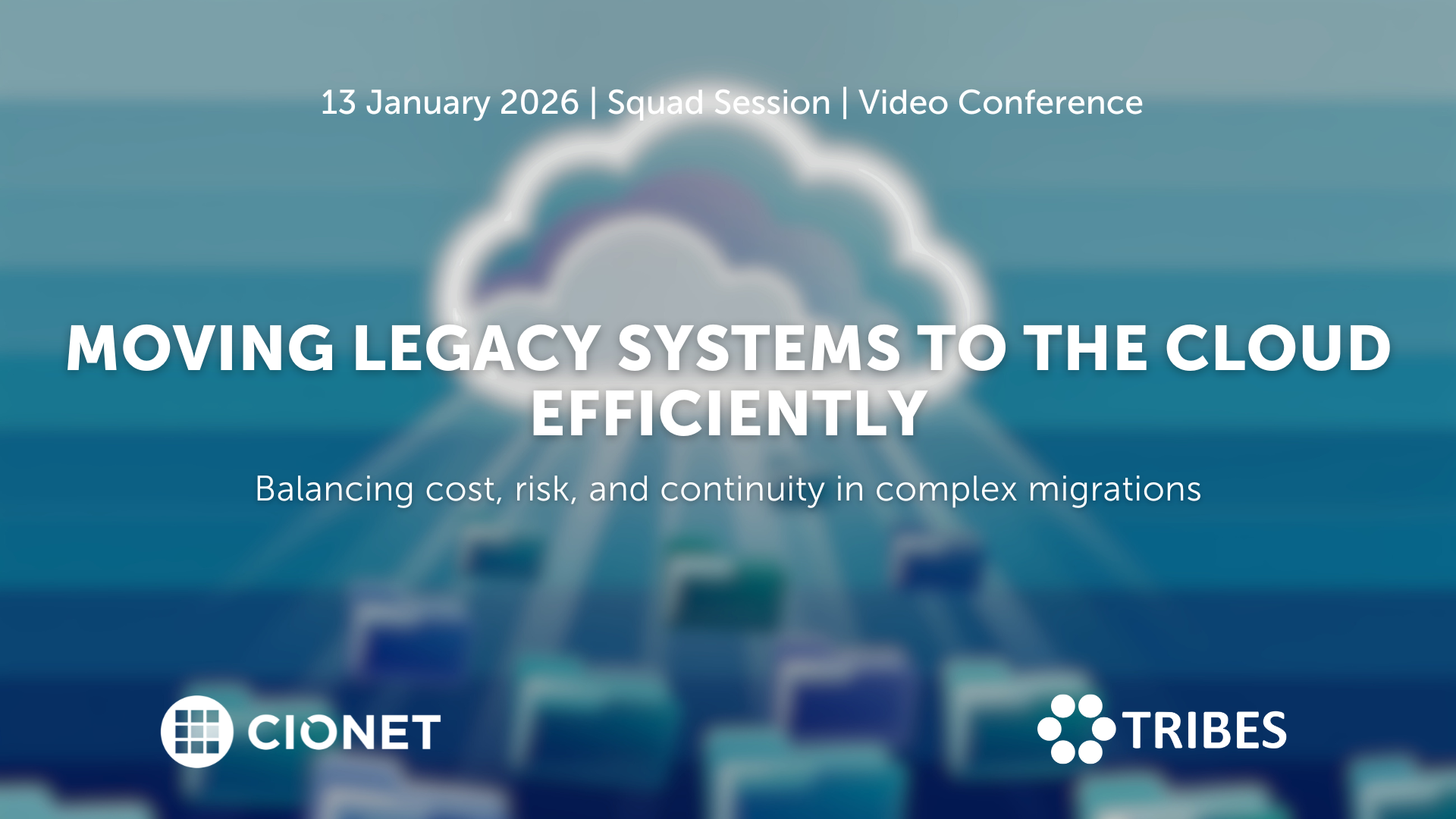
January 13, 2026 Squad Session Invitation Only Virtual english
Migrating legacy systems to the cloud remains one of the toughest balancing acts in IT. Every choice affects stability, cost, and trust at once, and what starts as a modernisation effort quickly turns into a negotiation between ambition and reality. Suddenly budgets rise, dependencies appear late, and timelines tighten as old architectures collide with new expectations. In the end, success depends on sequencing, ownership, and aligning business priorities with infrastructure limits, and not only on technical readiness. Making it work requires more than a plan on paper. Knowing which systems genuinely belong in the cloud, which can wait, and which should stay put shapes the entire roadmap and defines its success. Each refactoring decision sets the level of future flexibility, but it also drives cost and risk. The trade-offs between speed, sustainability, and resilience only become clear once migration begins and pressure builds. Let’s discuss how to plan migrations that stay on track, manage hidden dependencies, and handle downtime with confidence. Let’s also discuss how governance, testing, and vendor coordination keep progress visible and credible. Are you in? A closed conversation for those who turn cloud migration from a disruption into a long-term advantage.
Read More
January 22, 2026 Squad Session Invitation Only Virtual english
AI coding assistants entered development teams quietly, but their impact grows by the day. What started as autocomplete now shapes architecture decisions, documentation, and testing. And when productivity gains are visible, so are new risks: security blind spots, uneven quality, and the slow erosion of shared standards. Teams move faster, but not always in the same direction. The challenge has become integration rather than adoption. And new questions have risen: how do you blend automation into established practices without losing oversight? When is human review still essential, and what should the rules of collaboration between developer and machine look like? As AI tools learn from proprietary code, where do responsibility and accountability sit? Let’s talk about how to redefine those workflows, balancing creativity with control, and protecting code quality in a hybrid human-AI environment. A closed conversation on where AI accelerates progress, where it introduces new debt, and how development culture must evolve to stay credible.
Read More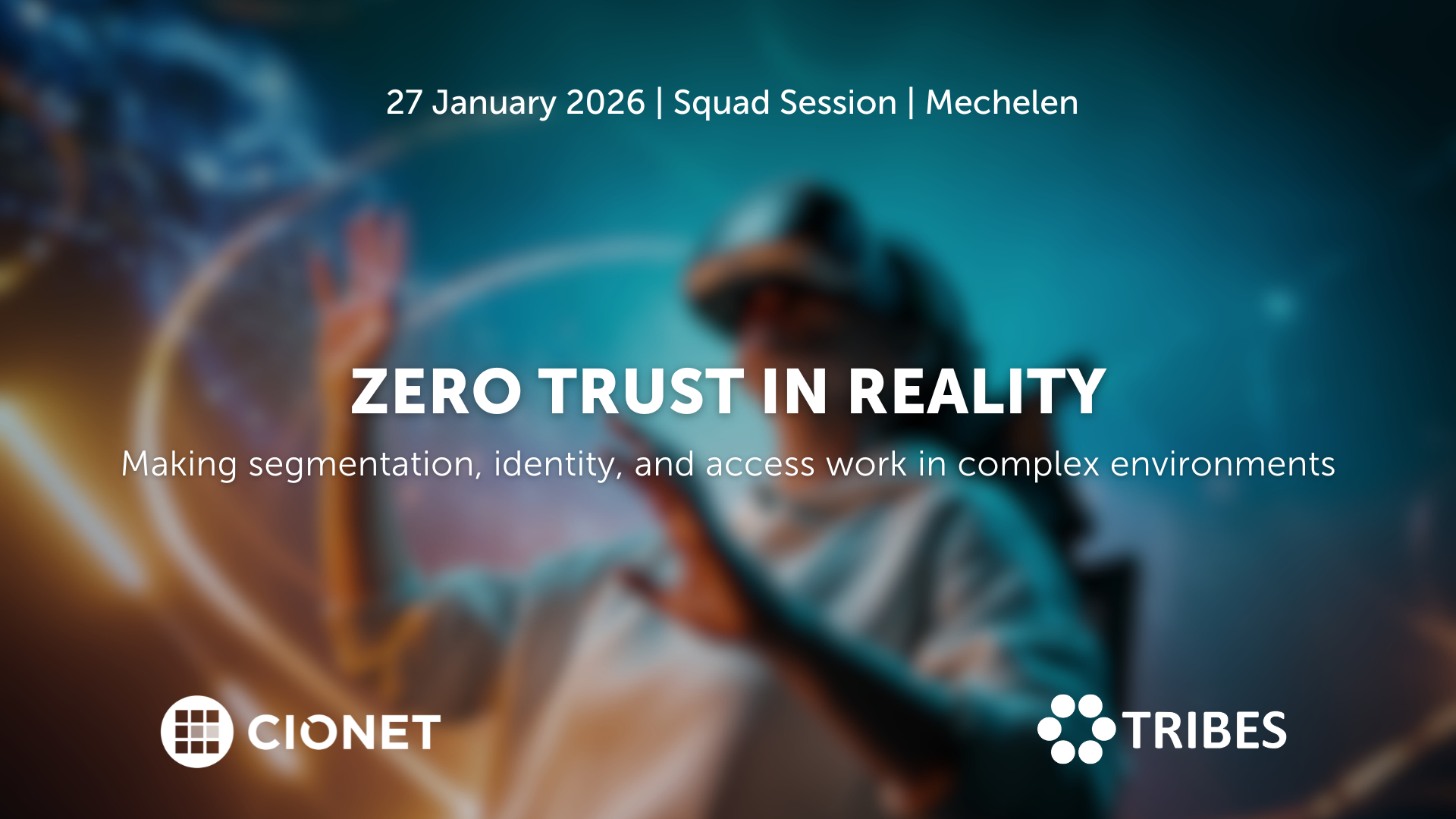
January 27, 2026 Squad Session Invitation Only Physical english
Zero Trust sounds simple on paper: trust no one, verify everything. But once you start implementing it, the fun begins. Legacy systems, hybrid networks, and human habits don’t read the manual. The idea is solid; the execution, not so much.
Read More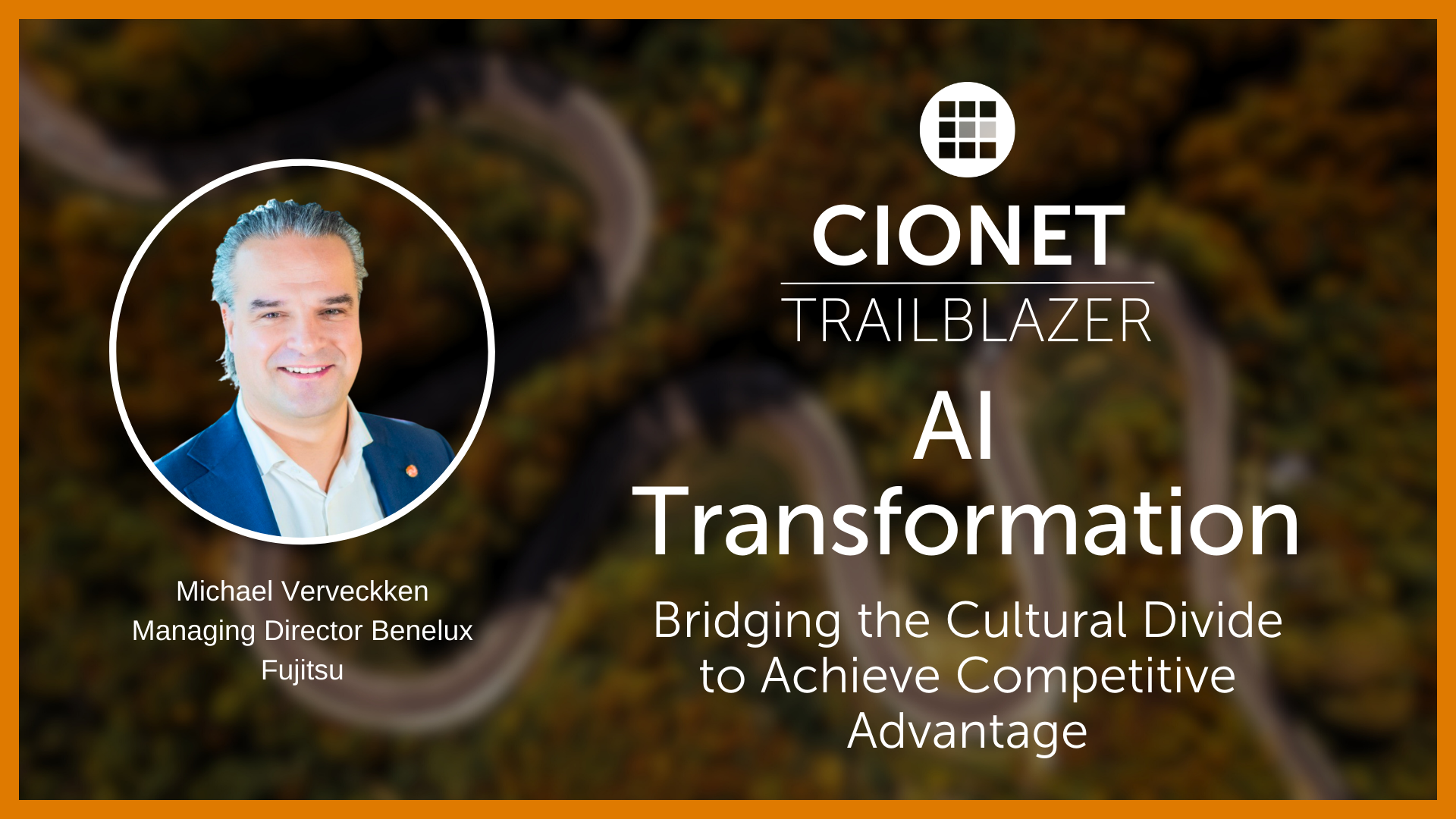
CIONET Trailblazer: AI Transformation: Bridging the Cultural Divide to Achieve Competitive Advantage
Published on: December 17, 2025 @ 9:16 AM
Rolls-Royce turns to digital twins to improve jet engine efficiency
The multinational aerospace and defense company is helping its customers dramatically reduce the amount of carbon their planes produce and optimize maintenance schedules using predictive analytics.
Say the name Rolls-Royce and most people think of automobiles, but the British multinational aerospace and defense company has been out of the car business since Rolls-Royce Motors was sold off in the 1970s. Today, Rolls-Royce Holdings is the second-largest maker of aircraft engines in the world, with a foot in marine propulsion and energy as well. Its engines are used in fighter jets, business jets, and more than 50% of long-haul planes.
Now the company is deploying digital twin technology, analytics, and machine learning to dramatically reduce the amount of carbon its aircraft engines produce while also optimizing maintenance to help its customers keep their planes in the air longer.
“Rolls-Royce has been monitoring engines and charging per hour for at least 20 years,” says Stuart Hughes, chief information and digital officer at Rolls-Royce. “That part of the business isn’t new. But as we’ve evolved, we’ve begun to treat the engine as a singular engine. It’s much more about the personalization of that engine.”
Using its Intelligent Engine platform, the company monitors how each engine flies, the conditions in which it’s flying, and how the pilot uses it.
“We’re tailoring our maintenance regimes to make sure that we’re optimizing for the life an engine has, not the life the manual says it should have,” Hughes says. “It’s truly variable service looking at each engine as an individual engine.”
Rolls-Royce’s platform has helped it extend the time between maintenance for some engines by up to 50%, thereby enabling it to dramatically reduce its inventory of parts and spares. Perhaps most importantly, however, it has greatly improved the efficiency of its engines, saving 22 million tons of carbon to date, according to the company. Rolls-Royce is even using AI to better understand how to handle metal scrap and waste from parts when they reach the end of their lifespan.
“Since 2014, we’ve helped one of our airlines avoid 85 million kilograms of fuel and over 200 million kilograms of carbon dioxide,” Hughes says. “We did that by taking data on how the pilot is flying the plane, how the plane is operated, how they do the operational funding around that. We found data and insights that helped them to make better decisions. In areas where they felt there were barriers to change, we helped them design new policies, new procedures.”
To fuel its Intelligent Engine platform, Rolls-Royce is using a combination of two-way, real-time data captured from its engines as they fly, and larger datasets captured in batch after planes land, to power its analytics. It feeds the data into a Microsoft Azure data lake and then into a Databricks “lakehouse,” where it can be used with Databricks machine learning and AI tools. (Databricks uses the term to refer to its open architecture that combines the features of a data lake and data warehouse.)
Between the real-time data and the data collected after landing, each flight generates about half a gigabyte of data. The real-time data is used for the company’s “Engine Condition Monitoring” service, which analyzes the data for irregularities in engine performance for the purpose of predictive maintenance. The analytics can determine in-flight whether a full inspection will be necessary upon landing, helping the airline plan ahead and minimize travel disruptions. The other data can be used for more detailed predictive modeling.
“We’re using that data to check that the engine is still within all our quality and safety tolerances, but also to understand how the pilot has flown that engine,” Hughes says. “That means we can offer to extend the maintenance window on that engine longer for a specific customer. The benefit to the customer is the customer sees less interruption because the engine is on the plane for longer, so they can use it more. The benefit for us is that we can optimize how we actually do the maintenance.”
With Rolls-Royce’s approach, its customers can tell the company the mission of each engine — the environment in which it’s expected to fly, for instance. Rolls-Royce can then tailor the maintenance schedule and analytics to those conditions. An engine on a plane that operates in Qatar, for instance, can be expected to deal with a certain amount of sand in the atmosphere.
“We use machine learning to look at all of the data that we’ve got from the past and use all the information we’ve collected to help us understand the maintenance regime that engine will need going forward,” Hughes says. “Then we can adapt our pricing to be much more specific to that.”
312 Views 0 Likes Read More
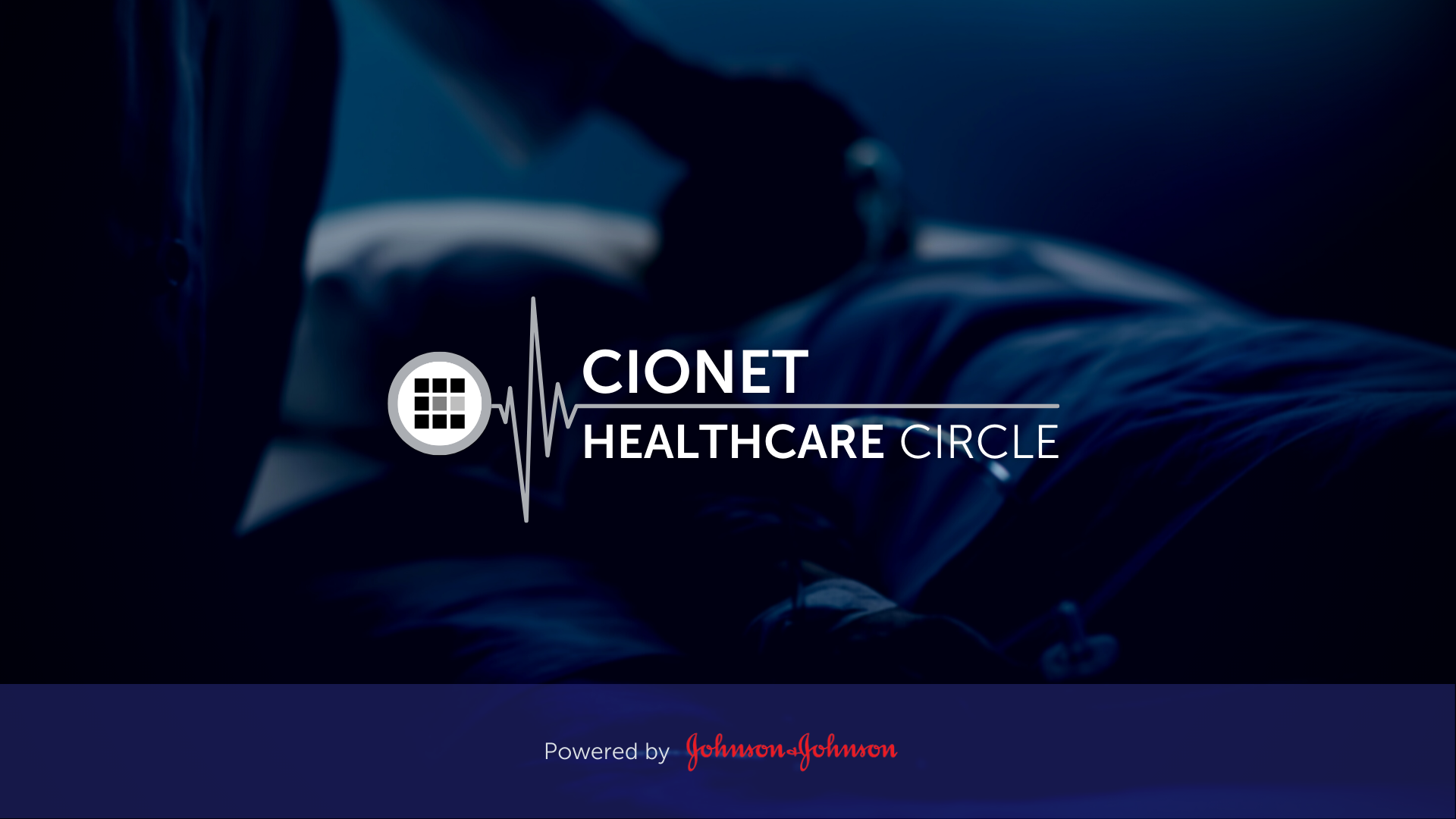
Digital Transformation is redefining the future of health care and health delivery. All stakeholders are convinced that these innovations will create value for patients, healthcare practitioners, hospitals, and governments along the patient pathway. The benefits are starting from prevention and awareness to diagnosis, treatment, short- and long-term follow-up, and ultimately survival. But how do you make sure that your working towards an architecturally sound, secure and interoperable health IT ecosystem for your hospital and avoid implementing a hodgepodge of spot solutions? How does your IT department work together with the other stakeholders, such as the doctors and other healthcare practitioners, Life Sciences companies, Tech companies, regulators and your internal governance and administrative bodies?
Read More
The Telenet Business Leadership Circle powered by CIONET, offers a platform where IT executives and thought leaders can meet to inspire each other and share best practices. We want to be a facilitator who helps you optimise the performance of your IT function and your business by embracing the endless opportunities that digital change brings.
Read More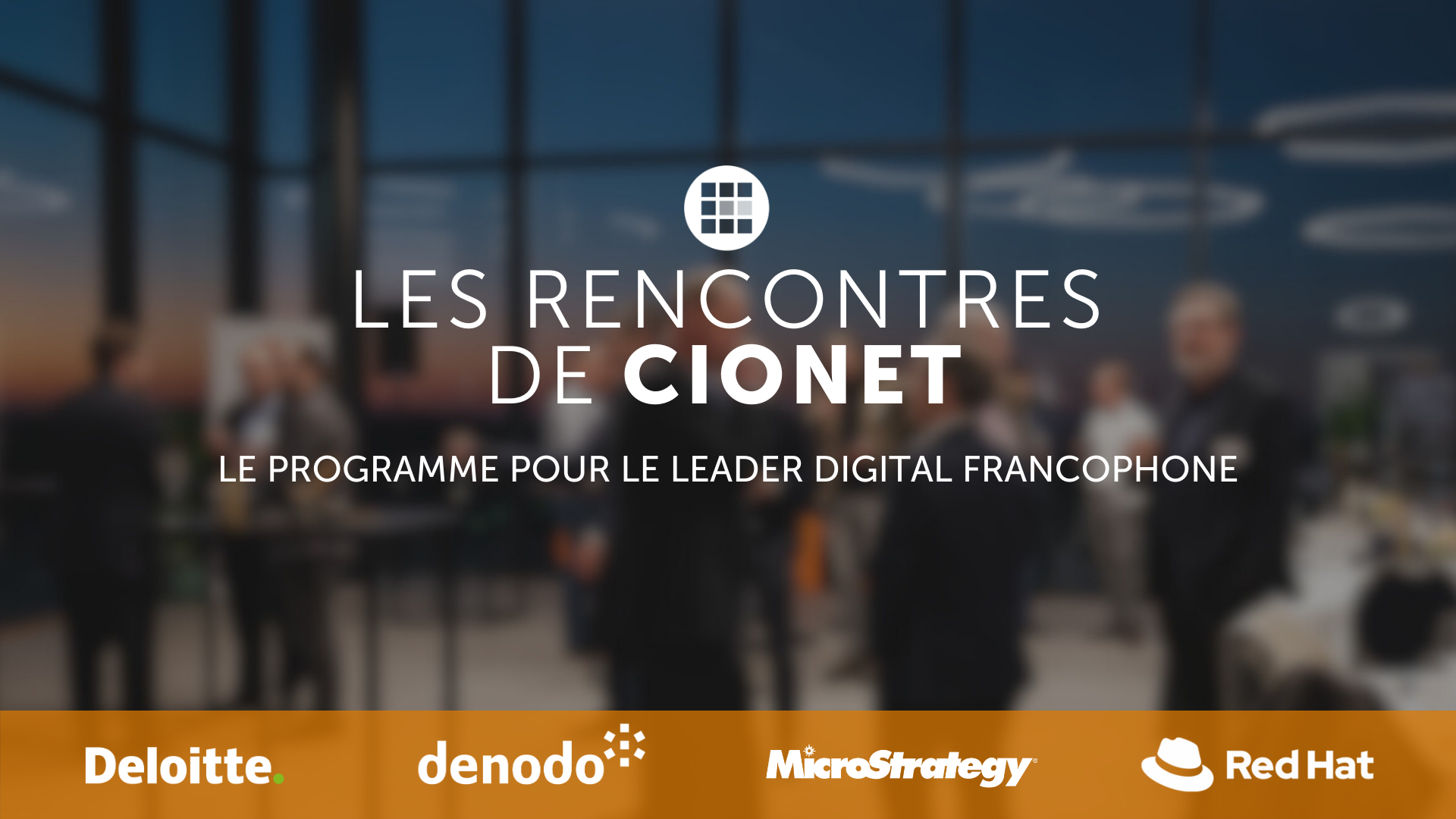
Découvrez la dynamique du leadership numérique aux Rencontres de CIONET, le programme francophone exclusif de CIONET pour les leaders numériques en Belgique, rendu possible grâce au soutien et à l'engagement de nos partenaires de programme : Deloitte, Denodo et Red Hat. Rejoignez trois événements inspirants par an à Liège, Namur et en Brabant Wallon, où des CIOs et des experts numériques francophones de premier plan partagent leurs perspectives et expériences sur des thèmes d'affaires et de IT actuels. Laissez-vous inspirer et apprenez des meilleurs du secteur lors de sessions captivantes conçues spécialement pour soutenir et enrichir votre rôle en tant que CIO pair. Ne manquez pas cette opportunité de faire partie d'un réseau exceptionnel d'innovateurs numériques !
Read More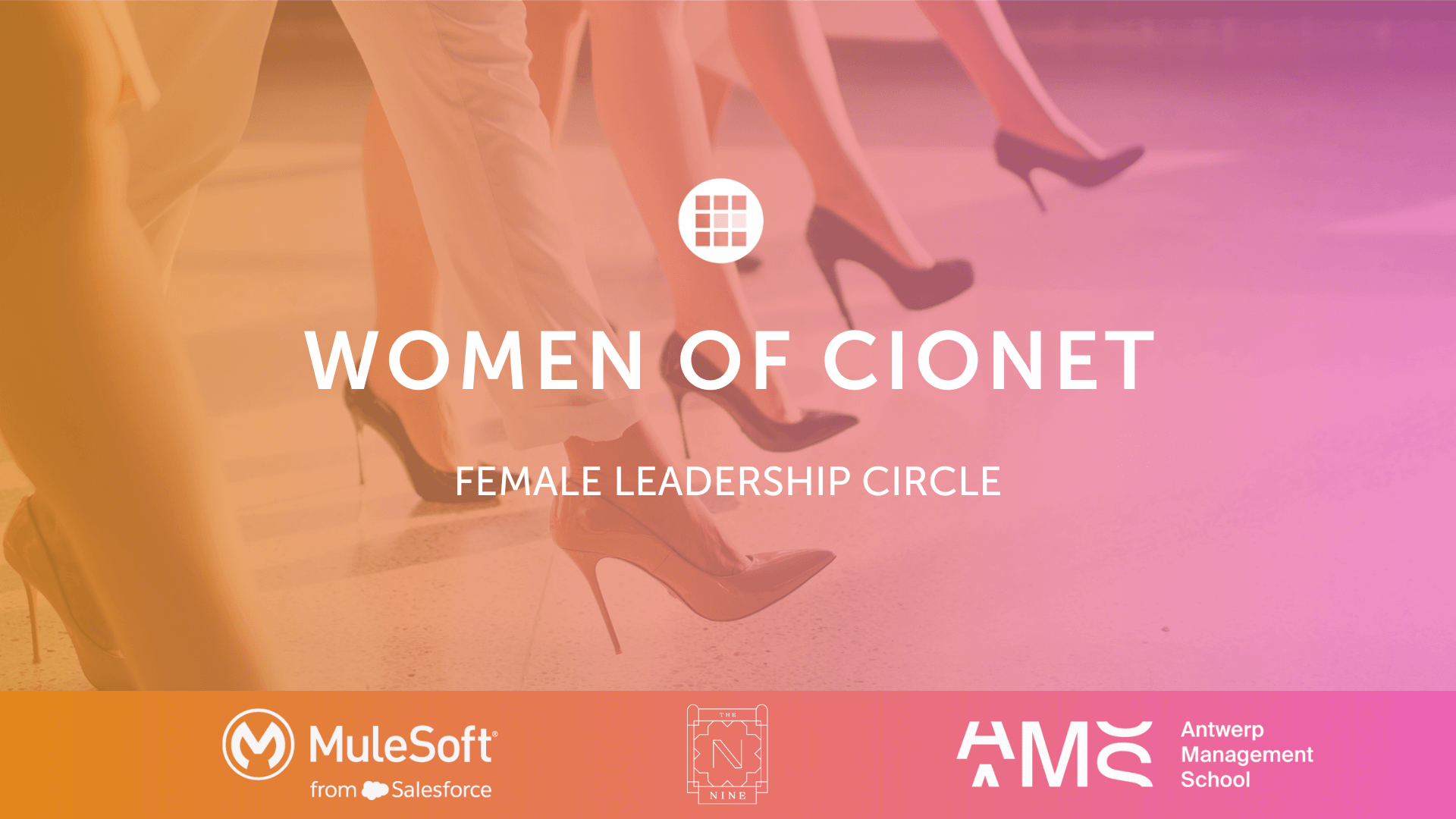
CIONET is committed to highlighting and celebrating female role models in IT, Tech & Digital, creating a leadership programme that empowers and elevates women within the tech industry. This initiative is dedicated to showcasing the achievements and successes of leading women, fostering an environment where female role models are recognised, and their contributions can ignite progress and inspire the next generation of women in IT. Our mission is to shine the spotlight a little brighter on female role models in IT, Tech & Digital, and to empower each other through this inner network community.
Read More
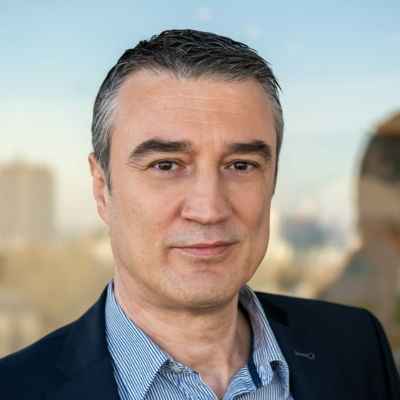

-Apr-01-2022-10-58-34-57-AM.png)




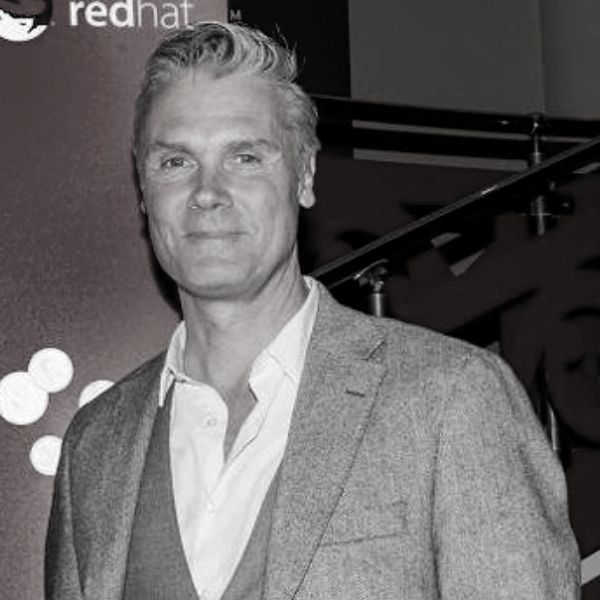
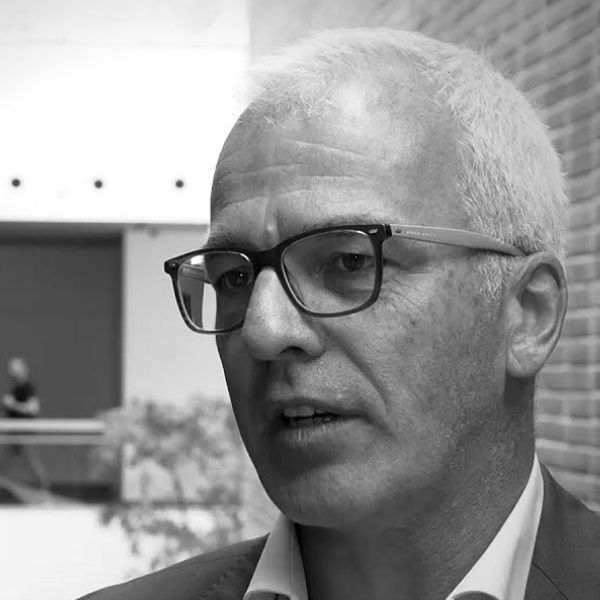

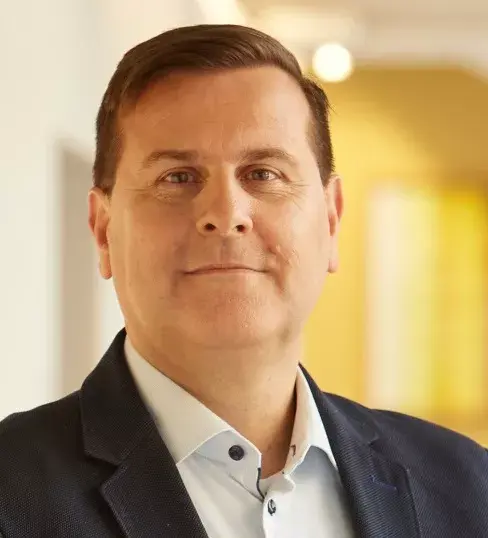
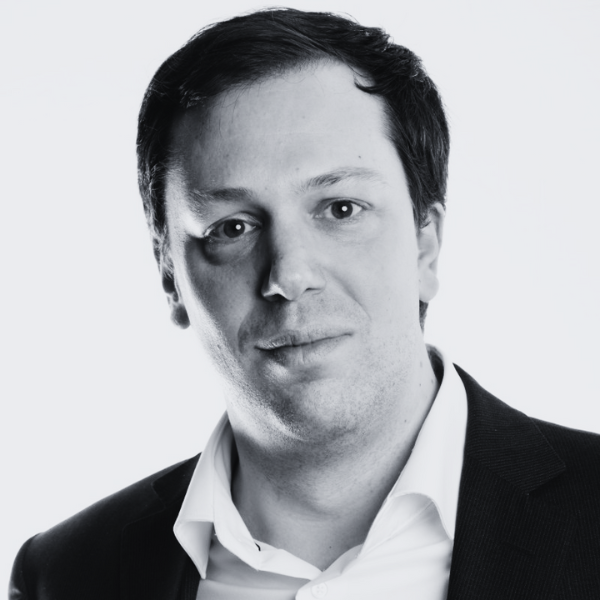


-Dec-13-2023-10-53-15-5032-AM.png)




-Jun-12-2023-01-23-11-7540-PM.png)

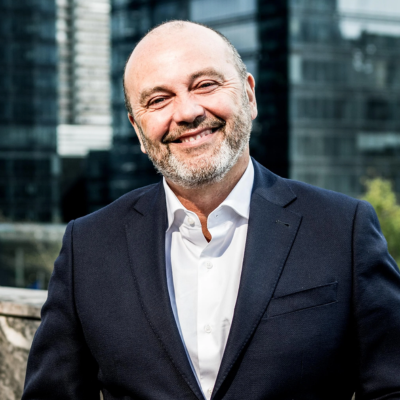

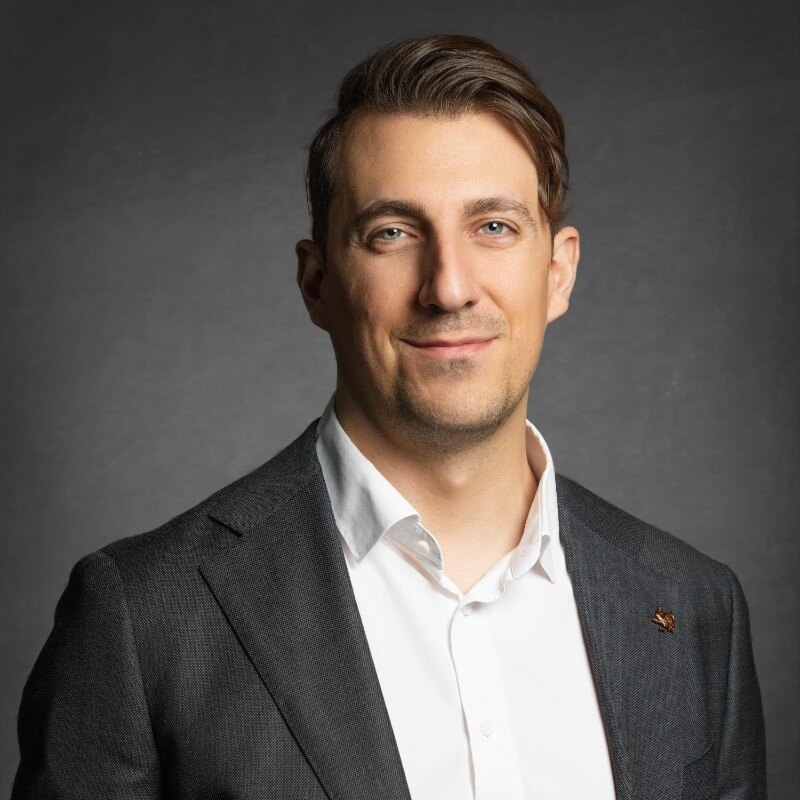

-Apr-01-2022-10-58-34-68-AM.png)
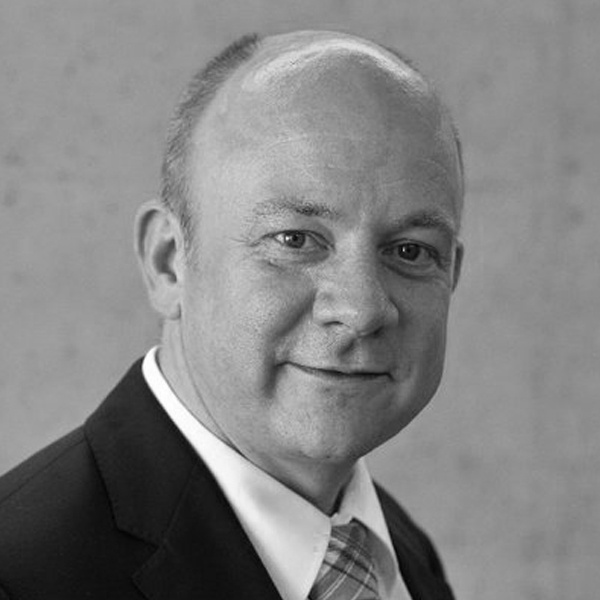
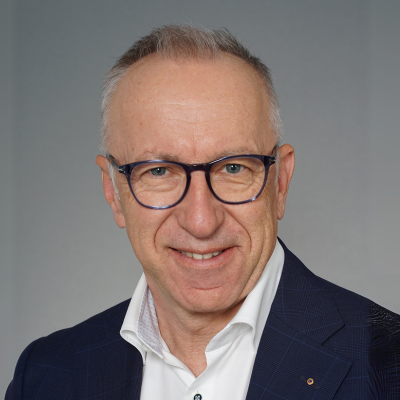
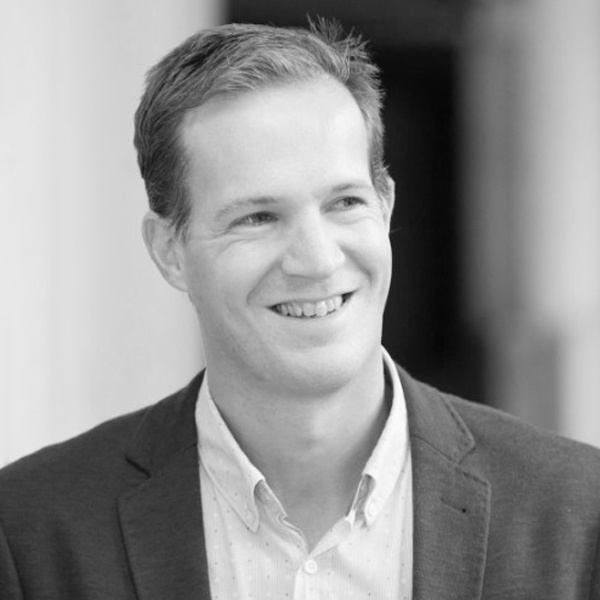
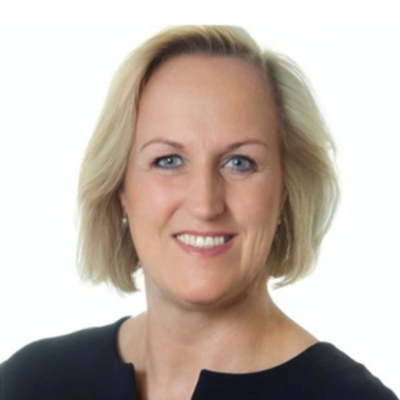




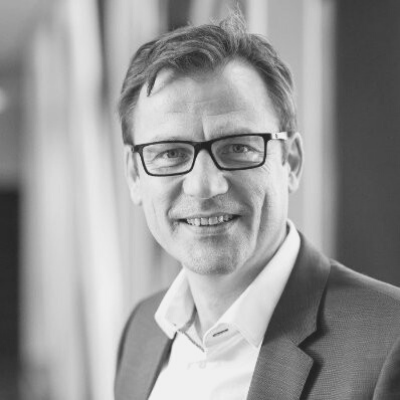
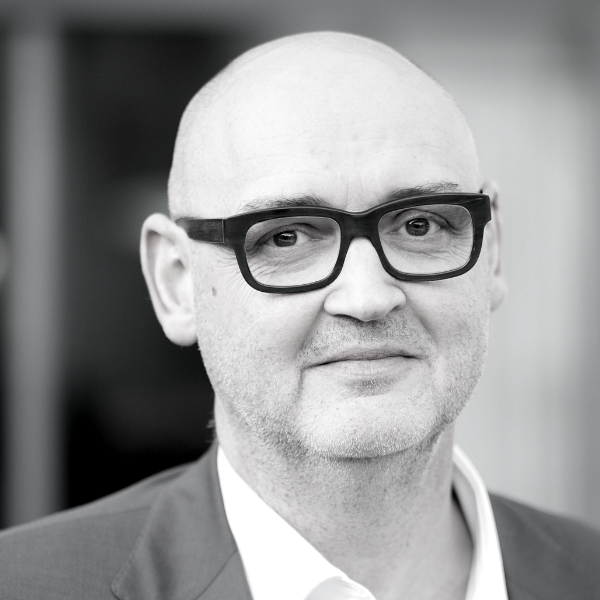
-2.jpg)

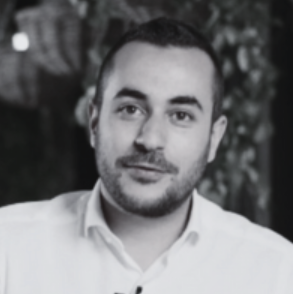


-Sep-01-2022-02-47-55-60-PM.png)
-Nov-22-2023-08-56-42-6802-AM.png)
.png)
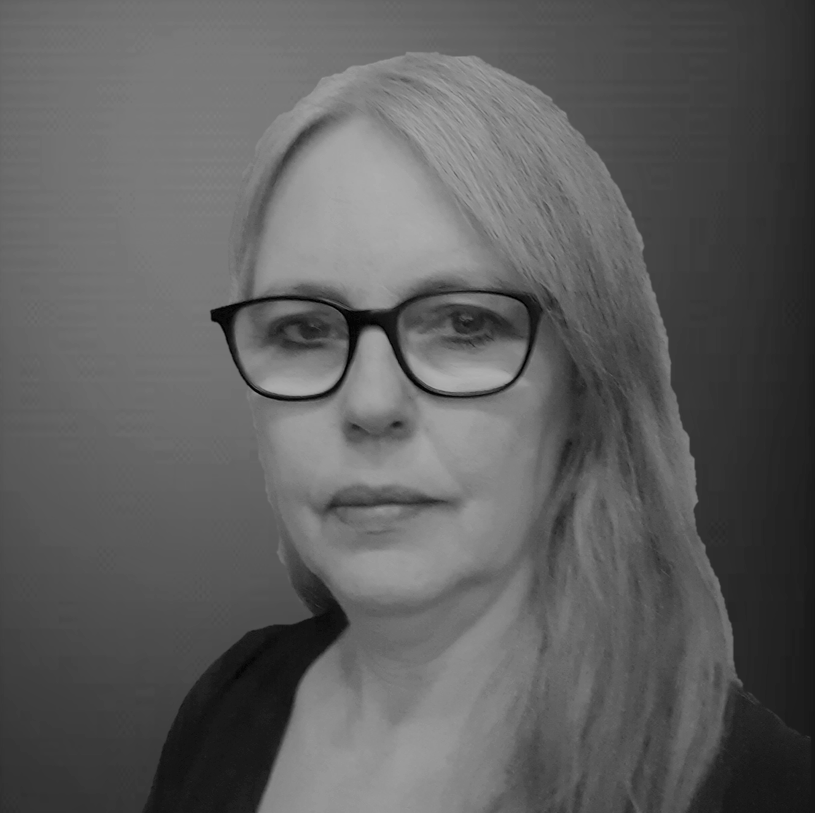
Would you like to know more about CIONET Belgium, membership or partnership opportunities? Do you have feedback or any other question? Send us a message!
You can either send us a registered handwritten letter explaining why you'd like to become a member or you can simply talk to us right here!